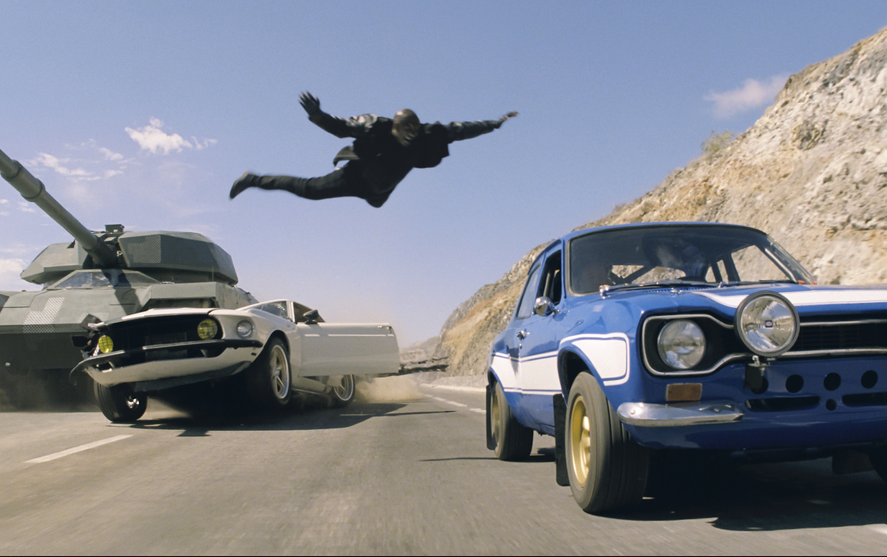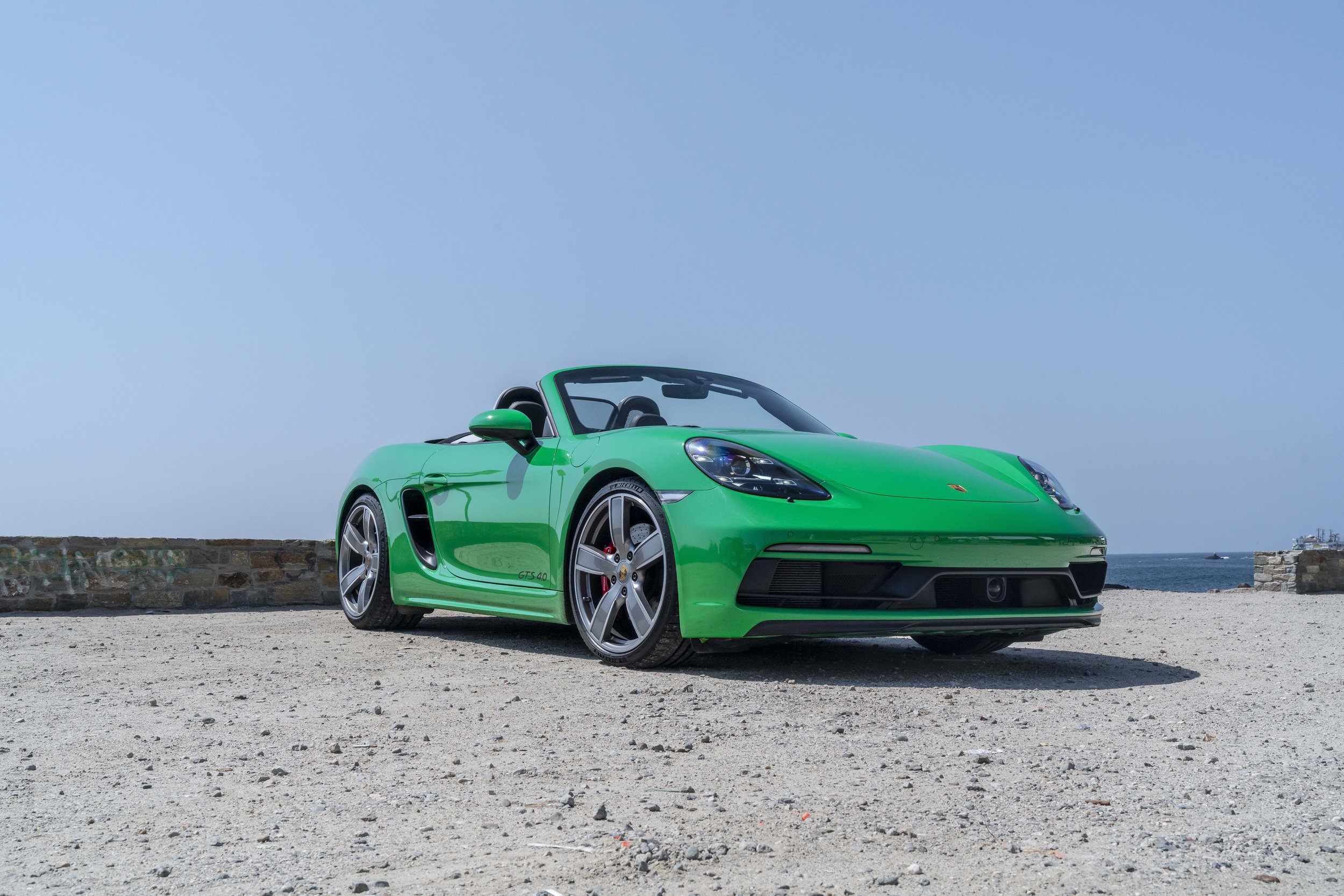
Last fall, a billboard looming over L.A.’s perpetually traffic-jammed Sunset Boulevard for the new X-Box One featured the MacLaren P1 hypercar, star of the Forza Motorsport 5 driving game, together with the headline, “There’s still a place where you can go fast.” Even as a certified car nut, I must agree with the billboard’s premise – that opportunities to drive fast are vanishing – making the premium auto industry’s unbowed obsession for building the fastest cars in the history of the Earth that much more insane. Roads are simply too congested and heavily policed both by officers and traffic cameras, and the myth that European motorists have more fun on their side of the pond can be readily debunked by chatting with anyone who’s actually driven there recently. Yes, the German Autobahn still has a few stretches where speed remains unlimited, although most expect that Europe’s influential Green Party will succeed in mandating country-wide speed limits thereby reducing both accidents and fuel consumption once Chancellor Angela Merkel’s term is over [Paolo Tumminelli, my colleague and automotive columnist for Germany's Handelsblatt, talks about this in our interview here].
I wonder how the German auto industry’s unique selling proposition—that it builds fast cars like no other because only in Germany is it legal to drive at maximum speed—may be forced to change tack once autobahns have stricter speed limits than we enjoy here in the States.
Speed and power have always been the yardsticks by which world-class cars are measured, but the horsepower war that’s been raging between manufacturers for the past decade – (an escalation that was almost single-handedly triggered by the 1001 horsepower, $1 Million Bugatti Veyron, which debuted in 2005 and is arguably the first true "hypercar") – has pushed things to ridiculous new heights. So powerful that they cannot be driven hard without the aid of electronic stability controls lest they spin out of almost any driver’s control, today’s hypercars are becoming an increasingly synthetic experience, and its starting to turn-off even diehard car lovers, particularly younger ones. This is one of the many factors that is contributing to the spiking demand for classic cars, as people who can afford to buy the latest and greatest performance cars opt instead to invest in a classic—like a Porsche 911—which will become more valuable in time (rather than depreciating like a new car) and deliver a more visceral and engaging experience which is better paired to their capabilities as a driver. In my neighborhood of Silver Lake, named for better or (more likely) worse by Forbes magazine as 2012’s “hippest neighborhood in America,” 1980s Mercedes sedans, coupes and wagons have joined the Prius as the dream cars for hipsters in their 20s and 30s.
A pair of 80s Mercedes-Benz 300CDs in green....
...and red.
I find it interesting to note that the public’s attendance at international car shows where new models are debuted (including those in Geneva, Frankfurt, and Detroit) is steadily waning, whereas attendance at classic motoring events such as those in Pebble Beach, CA, Italy’s Mille Miglia and the UK’s Goodwood Festival of Speed—not to mention a multitude of regionally-focused “Cars & Coffee” gatherings across the States—is steadily growing from year to year. Something is shifting at the heart of car culture.
Given that hypercars (and mere supercars) rest at the very pinnacle of the automotive world in terms of their exclusivity and performance, I wish that more of them would live on a higher intellectual plane by capturing the most visionary thinking for the future rather than worn out modes of the past. The most telltale sign for what automakers can expect should they fail to resolve this cognitive dissonance rests in Generation Y, now between the ages of 14-34, which isn’t buying new cars at anywhere near the rate of their predecessors and yet—most interestingly—gravitates innately to classic cars. Why? Money (or lack thereof) is clearly a factor, but classic cars are also a better reflection of Generation Y’s mindset and outlook for the future because they are an expression of personal style rather than materialism or wealth, and are recycled rather than “new” to the planet. Lastly they’re more about the pleasure of driving than the utilitarian function of getting somewhere fast; kids have social media for that.










